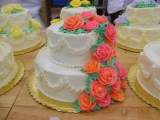Starting with Sparklers
Sunday, 31 May 2009 20:45By Dr. Fred Mayo, CHE, CHT, New York University
 Each of these strategies can help your students get ready for class and build their enthusiasm for the topic of the day.
Each of these strategies can help your students get ready for class and build their enthusiasm for the topic of the day.
The best way to motivate students and help them get ready for learning new material, reviewing old material, or trying out new skills remains starting each class session with a sparkler. A sparkler connotes something that is typically bright, draws attention, and brings everyone’s focus to one thing at one time. It can be a way to get students to focus on terms and concepts they need to learn and skills they need to develop or practice.
There are a wide range of sparklers that you can use to begin your classes.They include quotes, numbers, images, anagrams, provocative questions and outcomes. The rest of this article highlights some examples and suggests ways that you might use them.

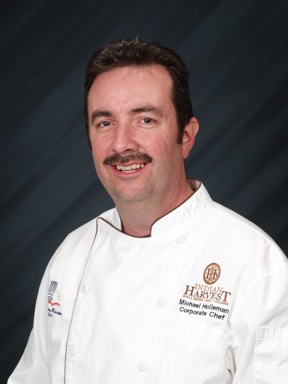 Michael Holleman gets to the bottom of a top-of-mind foodservice issue.
Michael Holleman gets to the bottom of a top-of-mind foodservice issue.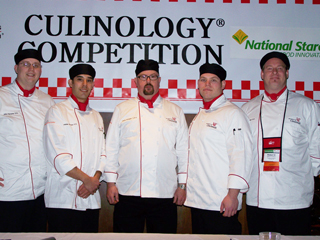 The third-annual Student Culinology® Competition at RCA’s 2009 conference exemplified the blending of culinary art and food science.
The third-annual Student Culinology® Competition at RCA’s 2009 conference exemplified the blending of culinary art and food science.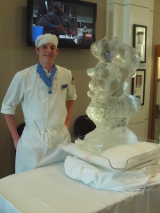
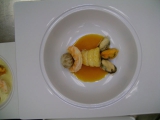
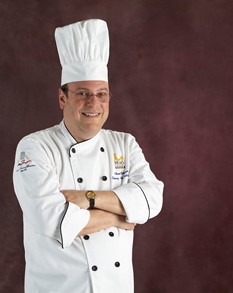 Crossword and word-search puzzles can be fun, effective tools for familiarizing students with important terms.
Crossword and word-search puzzles can be fun, effective tools for familiarizing students with important terms.